Ecuadorian Coffee Fapei Coffee Cooperative Information Gold Cup Ecuadorian Coffee Flavor Description
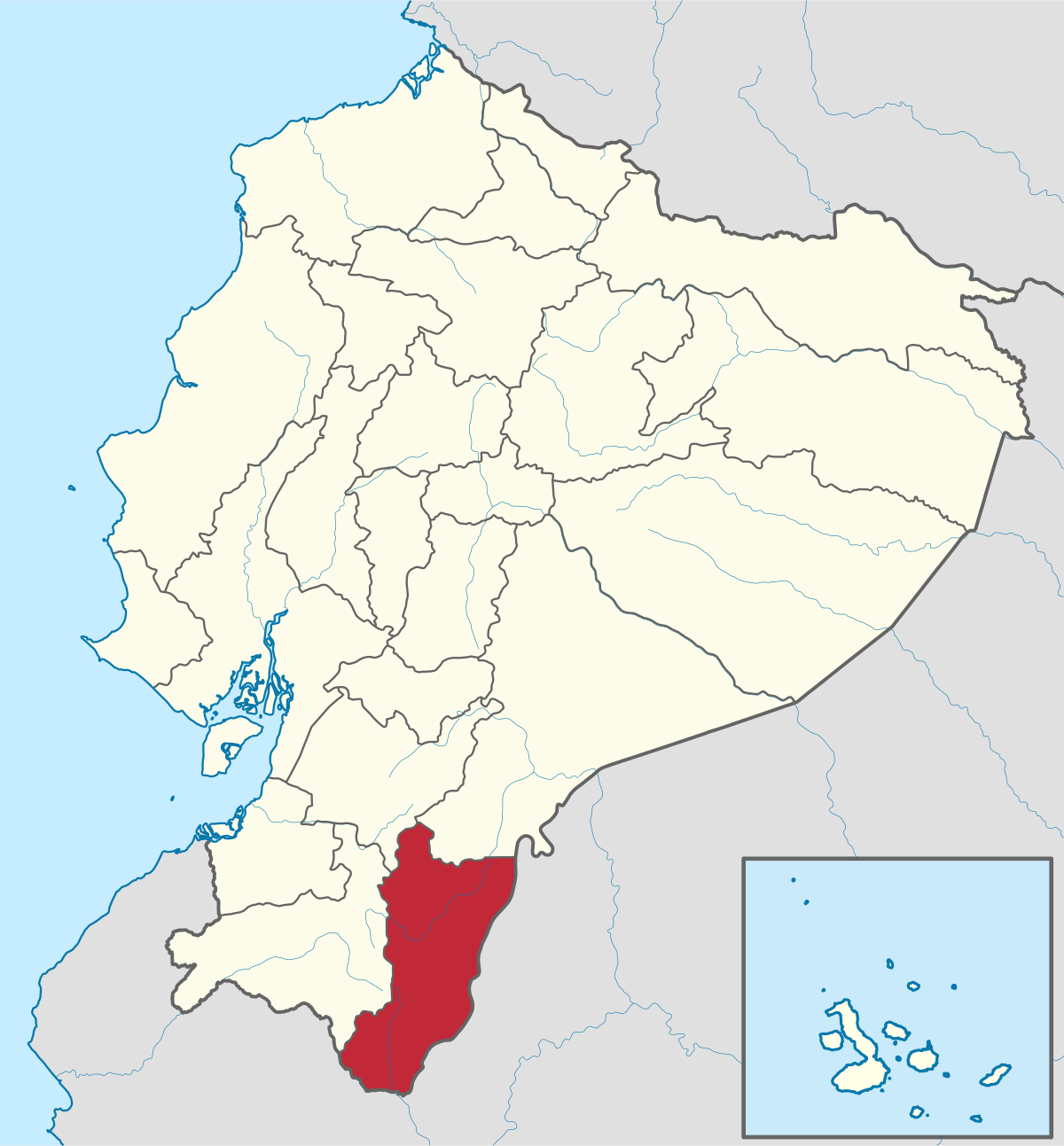
For professional baristas, please follow the coffee workshop (Wechat official account cafe_style)
Coffee cultivation in Ecuador:
Ecuador, the full name of the Republic of Ecuador (Spanish: Rep ú blica del Ecuador) is a country located in the northwest of South America, bordered by Colombia to the north, Peru to the south, the Pacific Ocean to the west, and Chile, which is not adjacent to Brazil in South America, and has the Galapagos Islands, 1000 kilometers from Ecuador.
Ecuador became independent from Spain on August 10, 1809. Because the equator runs across the border of Ecuador, the name of the country is the equator (ecuador) in Spanish, so the country also has a nickname for "equatorial country", or is also known as "banana country" because it is rich in bananas.
Quito, the capital, is located in the foothills of Picincha volcano, rising to 2850 meters above sea level, making it the second highest capital in the world (after La Paz, Bolivia). Is a member of the Union of South American Nations.
In Ecuador in 1920, after disease killed a large number of cocoa trees, many farmers began to switch to coffee. Coffee was the main cash crop for export until 1970. After the coffee crisis in 1990, it was gradually replaced by oil, bananas and shrimp.
Since 40% of the coffee trees are robusta, most of the coffee beans are exported to neighboring Colombia as instant coffee.
What about Ecuador's own instant coffee? Because of the high cost of producing coffee in Ecuador (and therefore almost all exported coffee beans are made in the cheapest way of solarization), most instant coffee factories import coffee beans from Vietnam.
Of course, in recent years, under the influence of the boutique coffee market, many high-altitude areas of Ecuador have begun to plant varieties of high quality, such as Loja and Zamora Chinchipe, and not only varieties, these areas are quite high above sea level, which is conducive to coffee growth.
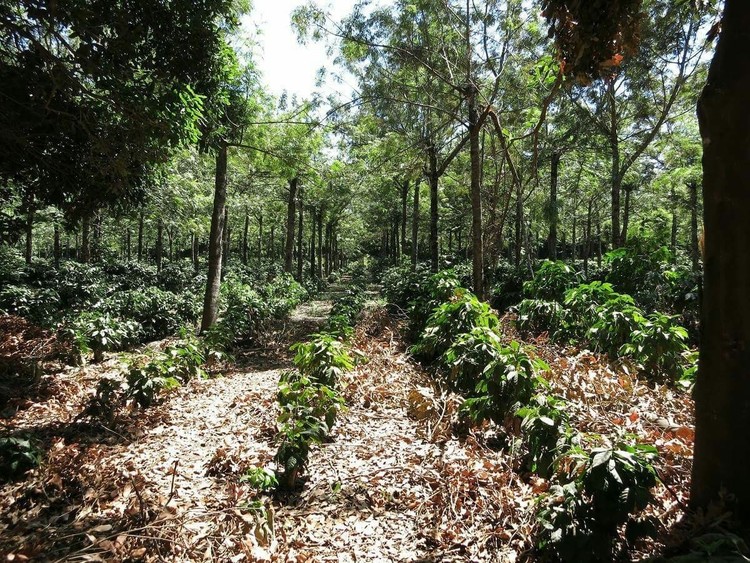
Zamora-Chinchipe province, southern Ecuador
Coffee farmers in the region still grow traditional varieties of coffee, such as Tibika, Katura and bourbon, which is also the key to their success. Leaf rust has always been the biggest headache for these coffee farmers, coupled with the relationship between organic certification, which greatly limits the products that can be used to deal with leaf rust, making the problem even more difficult.
The climate of this area has its own style, very special, humid throughout the year, the temperature change is suitable, about 12-28 degrees Celsius, the average temperature of 20 degrees, such a climate is very suitable for growing coffee, which is also reflected in the flavor of coffee.
Coffee farmers in southern Ecuador own an average of 1.5 hectares of small farms per person, while there are more large farms in the north
The southern region is mostly organic farms and produces a wide variety of products, including flowers, corn, kale, bananas, bees, cattle, fish, fruit and coffee. At present, the most difficult challenge for coffee farmers is leaf embroidery disease, which has reduced Colombia's coffee production by 50% in recent years. The easiest way to eliminate leaf embroidery disease is to use chemicals, but coffee farmers treat it in an organic but difficult way for the sake of environmental protection; in addition, in Ecuador, due to lack of fertilization, plants are very deficient in nutrients, which also affects the quality of coffee and the growth of coffee inner shell and raw beans.
The northern part of the region is large, with an average of about 15 hectares or more, cultivated with traditional fertilizers and fully developed; the area is lush and very humid, coupled with warm summers and conditions are perfect for growing coffee; it is a very interesting place with ancient local aboriginal graveyards, vineyards and experimental variety farms run by NESPRESSO.
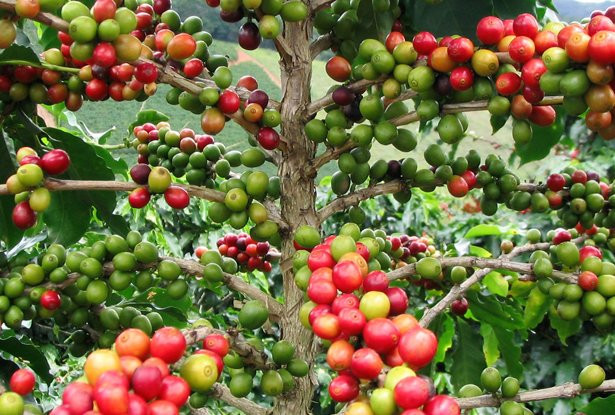
Description of the flavor of Ecuadorian coffee in the golden cup of Fapei Coffee Cooperative, Zamora-Chinchipe Province, southern Ecuador
Product name: Ecuador Zamora Chinchipe Fapecafes-Taza Dorada # 23
Product type: Bourbon
Production area: Zamora Chinchipe
Cooperative: Fapecafes
Sea pull: 1589m
Management: washing
International Award: 23rd place in the Golden Cup Ecuador
Flavor introduction: pear, nut, honey, sweet caramel finish
Important Notice :
前街咖啡 FrontStreet Coffee has moved to new addredd:
FrontStreet Coffee Address: 315,Donghua East Road,GuangZhou
Tel:020 38364473
- Prev
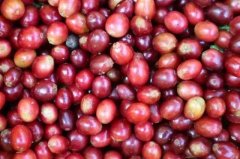
Brazil Mojiana-O'Coffee Company Information material bourbon variant Obata Coffee
Professional barista exchanges please follow the coffee workshop (Wechat official account cafe_style) European Coffee Company (OCoffee), one of the largest major boutique producers of Brazilian coffee, began its history in 1890 and was founded by Italian immigrant architect Giuseppe Quercia. Today it has grown into the largest major boutique producer of Brazilian coffee.
- Next
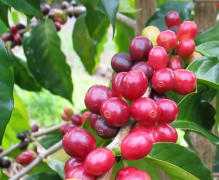
Introduction to the flavor and taste cup of Verasaqi coffee treated with Costa Rican black honey
For the exchange of professional baristas, please follow the coffee workshop (Wechat official account qianjiecoffee) producing country: Costa Rica (Costa Rica) Origin: West Valley (West Vally) Coffee Manor: Shumawa Manor (Finca Sumava de Lourdes) Coffee Bean varieties: Arabica bourbon variant Vera Saatchi (Villa Sarchi) growth altitude: 1
Related
- Detailed explanation of Jadeite planting Land in Panamanian Jadeite Manor introduction to the grading system of Jadeite competitive bidding, Red bid, Green bid and Rose Summer
- Story of Coffee planting in Brenka region of Costa Rica Stonehenge Manor anaerobic heavy honey treatment of flavor mouth
- What's on the barrel of Blue Mountain Coffee beans?
- Can American coffee also pull flowers? How to use hot American style to pull out a good-looking pattern?
- Can you make a cold extract with coffee beans? What is the right proportion for cold-extracted coffee formula?
- Indonesian PWN Gold Mandrine Coffee Origin Features Flavor How to Chong? Mandolin coffee is American.
- A brief introduction to the flavor characteristics of Brazilian yellow bourbon coffee beans
- What is the effect of different water quality on the flavor of cold-extracted coffee? What kind of water is best for brewing coffee?
- Why do you think of Rose Summer whenever you mention Panamanian coffee?
- Introduction to the characteristics of authentic blue mountain coffee bean producing areas? What is the CIB Coffee Authority in Jamaica?

